Brain-Body Interactions: Contemporary Outcome Prediction in Aneurysmal Subarachnoid Hemorrhage Using Bayesian Neural Networks and Fuzzy Logic
This monograph serves as an in-depth guide to the use of the innovative combination of Bayesian analysis, artificial neural networks and fuzzy logic to create an individualized clinical prediction model applicable to many areas in medicine. This guide assumes no prior knowledge of advanced statistics or clinical medicine. Both the applied research scientist and clinician will be able to follow the clinical case of outcome prediction in ruptured brain aneurysms and apply this innovative prognostication model to different areas in medicine. By using Bayesian neural networks with fuzzy logic inferences, the practitioner can create a system that incorporates one’s own experience (Bayesian concepts), recognizes unknown areas in medicine (artificial neural networks) and grey zones in diagnoses and prognoses (fuzzy logic inferences). This monograph also profiles contemporary research advances in the diagnosis and treatment of aneurysmal subarachnoid hemorrhage. Application of this clinical prediction modelling system to the case of ruptured brain aneurysms has led to clarification of clinical prognostication in this area, as well as discovery of brain-body interactions that are important in influencing outcome in these patients. The potential impact of such monograph is to demonstrate how to create such clinical outcome prediction model, as well to help find new prognostic factors and brain-body interactions, that when recognized and treated early, can lead to better clinical outcome for the patient.
{{comment.content}}
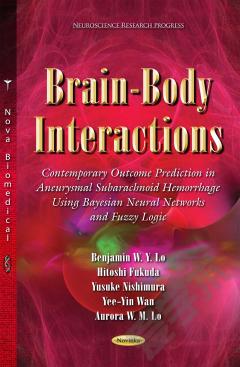

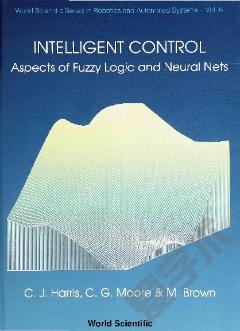
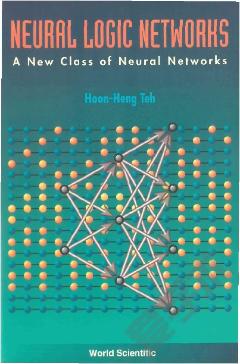
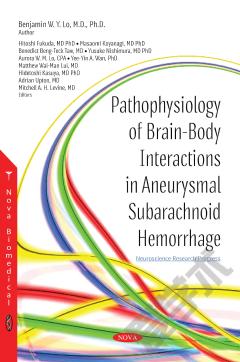
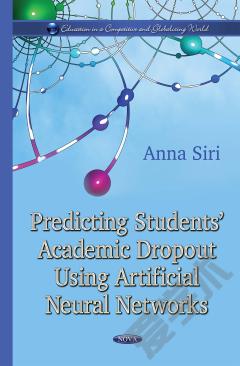
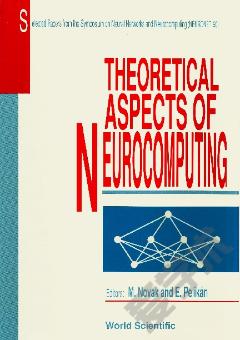

 京公网安备 11010802027623号
京公网安备 11010802027623号